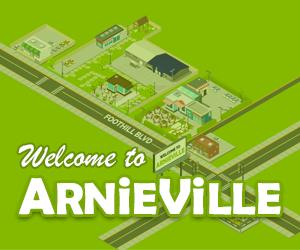Donald Trump began his political comeback when many in his own party wanted him to go away.
He announced his third White House bid days after Republicans underwhelmed in the 2022 midterm elections, a performance that prominent GOP figures laid squarely at his feet.
But, surrounded at Mar-a-Lago by the close allies and aides that had yet to abandon him during his post-presidency exile, Trump assigned blame elsewhere, including the justice system that had raided his Palm Beach estate three months prior. He offered a dark assessment of the country after he left office and forecasted that before long voters would turn against those in charge.
By early Wednesday morning, Trump’s prediction had materialized. Millions of Americans, including pivotal voters in Midwest and Sun Belt battlegrounds, cast ballots that clinched Trump’s historic comeback — one that promises to reshape American politics for the foreseeable future.
Trump’s victory, years in the making, is as notable for its breadth as for its method. His campaign aimed from the outset to remake the political coalitions that have underpinned American elections for generations. Trump reached out to constituencies traditionally loyal to Democrats: union households, wage workers, and Black and Latino men.
At the same time, he courted the disillusioned — men scattered throughout America’s forgotten places who had long given up on electoral politics altogether. And his allies exploited rifts between Democrats and their base of support. A Republican-tied super PAC, for example, aired ads on Detroit radio urging the area’s Arab voters to support Green Party candidate Jill Stein over the Democratic ticket due to the Mideast conflict.
Simultaneously, the Republican Jewish Coalition spent $15 million targeting Jewish voters anxious over the administration’s support for Israel and the left’s embrace of pro-Palestinian protests on college campuses.




